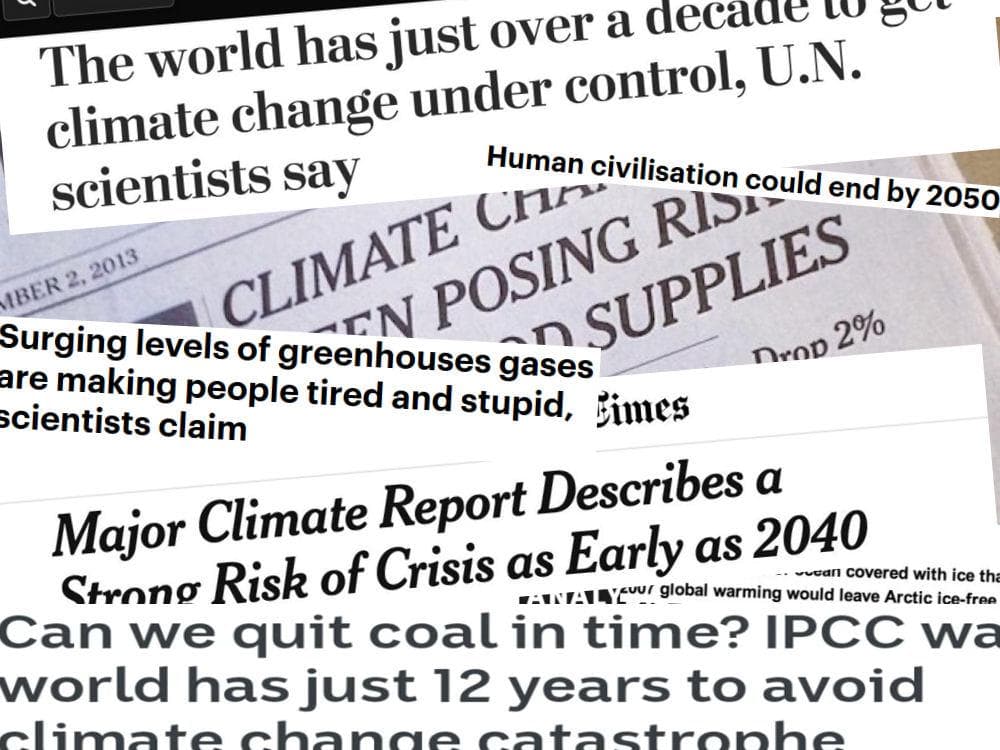A recent article in the journal Nature suggested five fundamental rules for evidence communication which apply well to science communication, though they are not always followed, particularly in climate science.
- Inform, not persuade
- Offer balance, not false balance
- Disclose uncertainties
- State evidence quality
- Inoculate against misinformation
Evidence communication in climate science (IPCC) occurs at multiple levels, beginning with the scientists who conduct the research, followed by selection of the research to be included in the Working Group reports, then summarization in the Working group report summary, then summarization in the Summary for Policymakers, and finally reporting in the media and utilization by policymakers (politicians). Arguably, this process flows from inform to persuade, culminating in scare headlines and proclamations of an imminent crisis which must be avoided at all costs.
The IPCC process has largely avoided any effort at balance by excluding research which does not support the IPCC narrative that anthropogenic CO2 emissions are causing climate change which is having deleterious effects on the global population. This process largely “buries” research by skeptical scientists, regardless of the merits of their research, offering a false balance by including research which only supports some elements of the consensus narrative.
The IPCC Working Group reports are relatively careful to disclose the uncertainties regarding the research upon which they report. However, recognition of the uncertainties effectively disappears in the Summary for Policymakers and is obliterated by false certainty in the media reporting of the conclusions. The media reporting almost exclusively uses words like “will” rather than “might” to discuss future scenarios, though the futures they describe are highly speculative.
Climate science typically avoids discussions of evidence quality. Increasing atmospheric CO2 concentrations are blamed for temperature increases, sea level rise and weather event frequency and severity, though there is no direct evidence for causation. The accuracy of the global near-surface temperature anomaly is typically reported to two decimal places, ignoring the facts that the temperature measurements used to develop them are measured to one decimal place, are “adjusted” to resolve expected or known inaccuracies in the measurements, and are “infilled” where no data are available.
Climate science currently ignores the discrepancies between the satellite temperature anomaly products and the near-surface temperature records. Climate science also currently ignores the difference between tide gauge and satellite sea level rise data.
Climate science also currently ignores the differences among the projections of future temperatures of the climate models and the differences between the climate model projections and the observations provided by both the satellite and near-surface temperature anomaly products.
The climate science community effectively inoculates the media, politicians and the public against “misinformation” by suppressing research which does not support the consensus narrative, effectively classifying it as “misinformation” and attacking the authors of non-conforming studies as “deniers” or “anti-science”.
Much of the evidence of anthropogenic climate change is circumstantial, resting on the conclusion that science has discovered no other satisfactory explanation for the changes which have occurred.
“If the facts are against you, argue the law. If the law is against you, argue the facts. If the law and the facts are against you, pound the table and yell like hell” -Carl Sandburg
